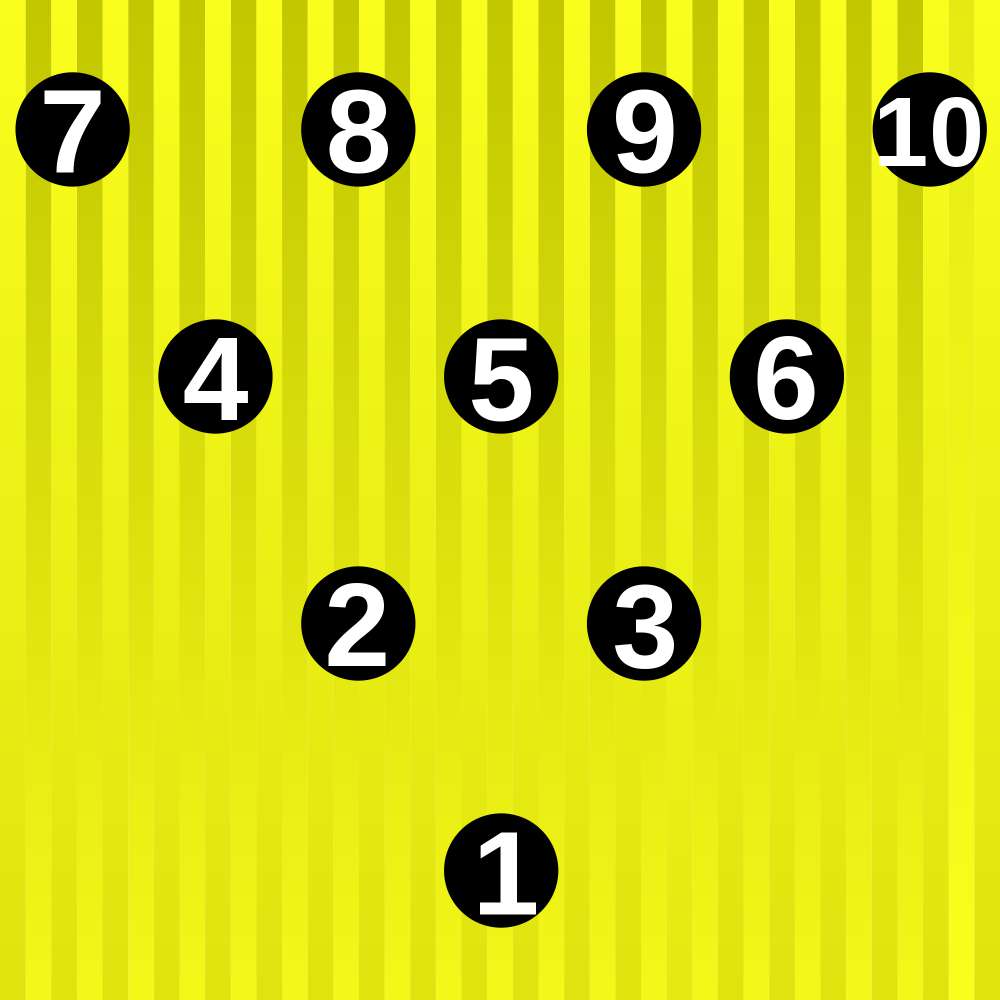
Pitch your Startup, App or Hardware or post a Startup Event or Startup Job
The Lonely Guy
Every few weeks I seem to be having conversations with founders about the markets they are attacking and who their ideal customer is.
Often I find they have selected the market based on what I call the “Lonely Guy at the Dance” method.
The Lonely Guy at the Dance isn’t picky and will dance with anyone who will dance with him.
Startups are often similar, they take whoever comes along and asks them to dance and end up working on a market because someone in a potential customer paid them a little attention not because they are the ideal customer in the ideal market.
I see it time and time again, when you ask why someone is working in a particular market it ends up that it wasn’t a strategic choice but instead they bent over backwards to the first company who paid them attention.
It might seem like a good idea but the trouble is it ends up leading you down a path that you didn’t plan and dragging you away from your strategic vision and the problem you were trying to solve.
The startup ends up being beholden to the first customer and I have even seen startups basically doing custom development for these early customers, being dragged completely off course.
The Bowling Alley
Back in the early days of the PC/Server/Network market before the PC margins crashed and Hewlett-Packard was a bit more of a country club they used to send the sales and marketing teams on great training courses.
One of the best courses I attended was Geoffrey Moore’s Crossing the Chasm & Inside the Tornado. The lessons I learnt have stuck with me forever.
One of the most important lessons was a concept called the “Bowling Alley”
The Bowling Alley is critical to understand for introducing a new tech product.
Long before you experience mass adoption there exists small segments or markets that are discrete and have specific needs.
The Bowling Alley describes a concept where a Set of 10 Pins in a Bowling Alley are a metaphor for discrete early adopter users/markets that could use your product.
If we were talking about Hewlett-Packard Large Format Printers & Plotters their markets might have included
- Architects
- Engineers (and the ~20 different submarkets)
- On Demand Printers
- Graphic Designers
- Marketing Companies
The entrepreneurs key objective is to identify the Pins or Markets that are ideal for your Startup and work out which 1-3 markets have the most desperate need for your product and that you are able to sell and deliver to.
Questions that you might ask to help yourself identify which markets are attractive
- Is the market well served?
- Do they have what they need or are the current solutions broken or inadequate?
- Has something changed in the market which means they are in need of a new solution?
- Is it a growing or declining market?
- Is it a traditionally profitable market and does it appear to be stable?
- Can you afford to sell into this market?
- Does your product provide a compelling solution for this market?
- Can you leverage success in this market into adjacent markets?
- Is the market known for adopting new technologies or are they conservative?
Focus
When you first introduce a product you have limited resources, both human and financial.
This dictates that you should focus your attention and resources on the market which is most attractive given your product and capabilities.
Many startups try to appeal to a wide audience, they spread themselves thin and try to attack every market and invariably they don’t end up being successful in any of them.
It’s essential to focus at the beginning on 1-2 small markets because you can’t hit every market at once, you need to hit the markets that need your solution the most, that are so desperate for a solution they will put up with your rough edges and small feature set and will pay you to develop your product.
Ideally you are successful in these small markets and achieve good penetration and profitability you can move on to attack other similar or adjacent markets.
Sometimes you can use the same product for a series of markets, sometimes you need to make small changes or specific versions.
A few examples
- Autodesk started selling one product AutoCAD software to architects and engineers which they came to dominate, they now have over 104 separate products aimed at specific niches from architects to engineers and all manner of graphics, video and digital artists.
- Adobe who started by making the Postscript language and then progressing to various Type based products basically solving new problems for printers, printer manufacturers and designers who worked with type eventually progressing to become the powerhouse of Design making over 80 products, each addressing a very specific market
We often think an attractive market is a huge market, however I would argue a small group of users that have very similar needs and a desperate need for a solution that addresses their particular problems is an attractive market for a Startup.
By itself this market probably won’t let you build a billion $ company, however if you are able to dominate many small discrete markets one by one you end up with a business that achieves Global scale.
So I encourage startups to identify at least 5 market segments in their bowling alley and then decide which ones are ideal for their startup and product.
Then focus on and sell into their ideal market to the exclusion of others, deliberately choosing their path rather than accidentally working with whoever asks them to dance.
Thanks to Wikipedia for the images
Pitch your Startup, App or Hardware or post a Startup Event or Startup Job
